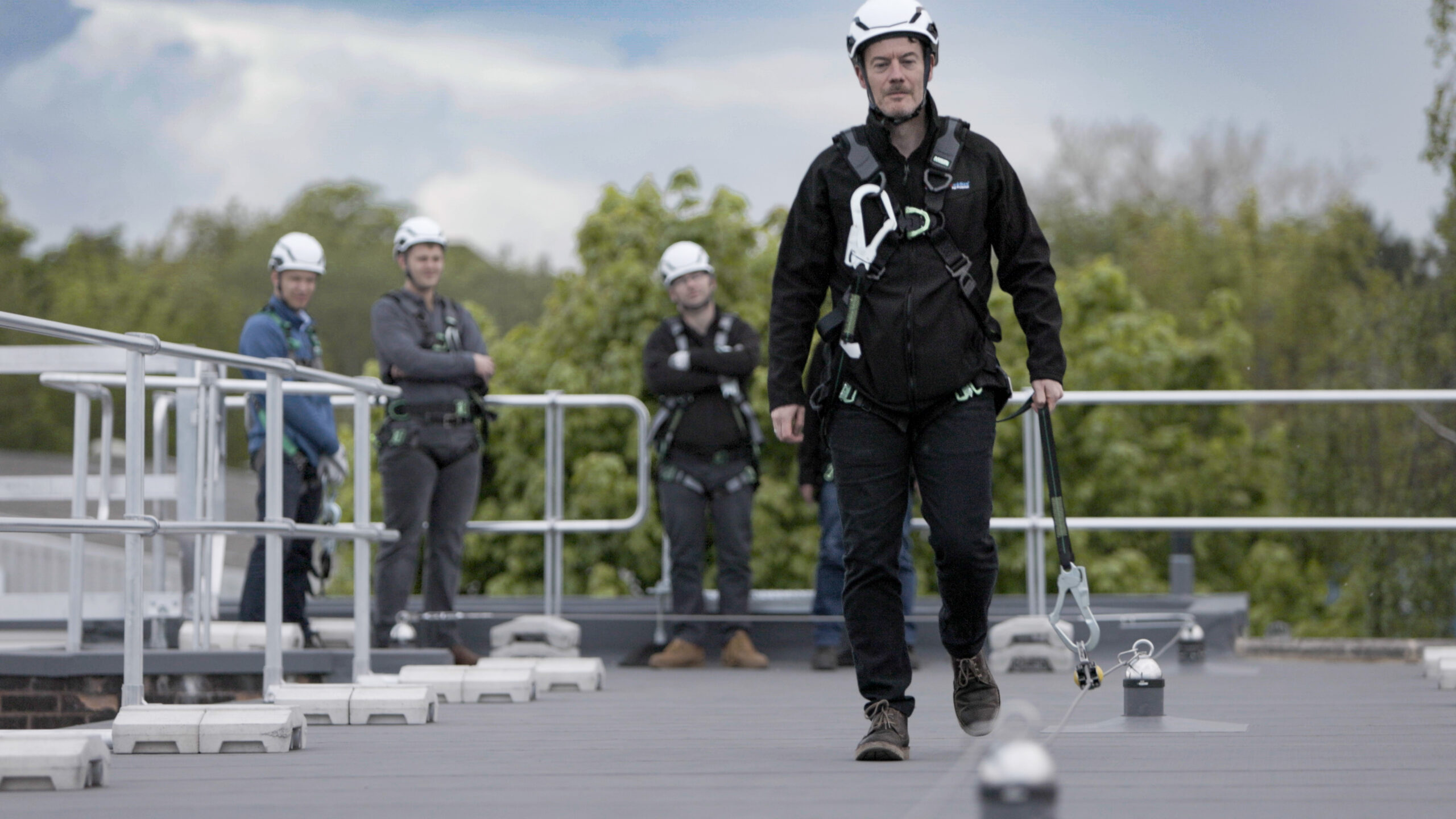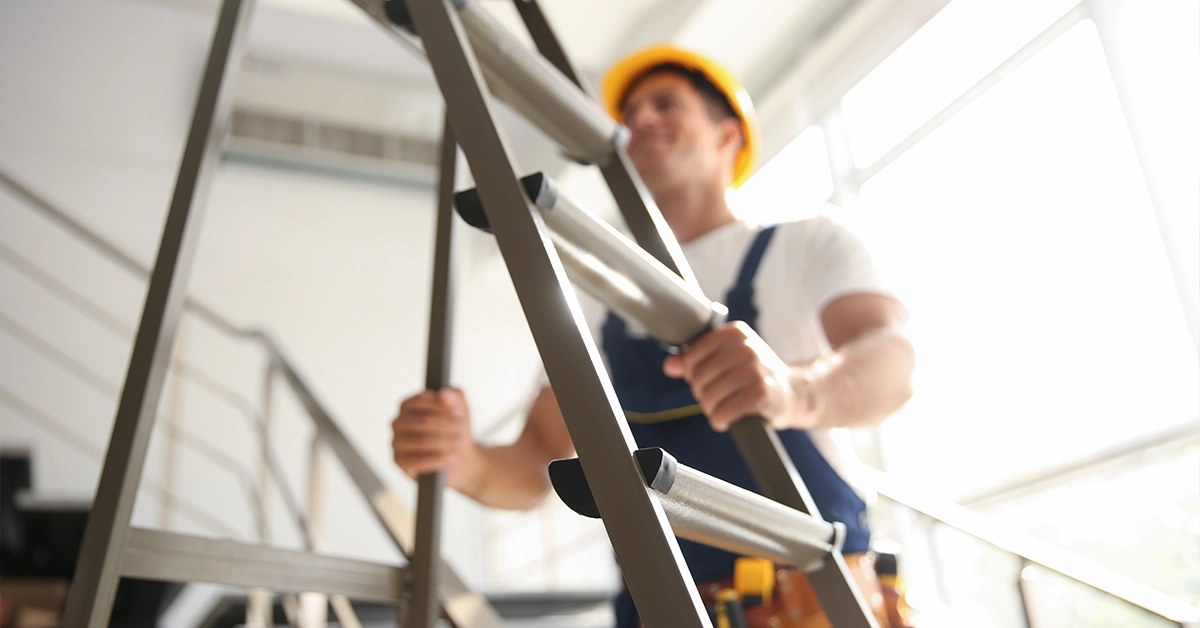
Frequently Asked Questions about Working at Height
Below we answer some of the frequently asked questions surrounding work at height, working at height regulations and training.
Q: How is someone deemed to be competent to carry out work at height?
A: Anyone working at height should be identified as competent to carry out the tasks required. This involves ensuring they have sufficient skills, knowledge, and experience. This can be demonstrated through working at height training qualifications. Anyone taking part in working at height training does not have to be a competent person as long as they are supervised by somebody that has been deemed competent.
The level of skills, knowledge, and experience required to be classed as competent depends on the task required. For example, tasks that are low-risk and short duration may require no more than short instruction and appropriate training. On the other hand, tasks such as drawing up plans for complex scaffold assembly will require a higher level of skills, knowledge, and experience. Specialist working at height training schemes and certification are one way to demonstrate competence for higher-level tasks.
Q: How do I comply with the Work at Height Regulations 2005?
A: The Work at Height Regulations 2005 (WAHR) apply to all work where a fall could occur that may cause personal injury. The regulations apply to employers and anyone that controls work at height, for example if you are a contractor or a factory owner.
The Work at Height Regulations 2005 state that duty holders must ensure that:
- All work at height is properly planned and organised.
- Those involved in work at height are competent.
- The risks from work at height are assessed, and appropriate work equipment is selected and used.
- The risks of working on or near fragile surfaces are properly managed.
- The equipment used for work at height is properly inspected and maintained.
Q: What type of work can be classed as work at height?
A: Any work that occurs at a height where a worker could fall a distance that could cause personal injury or death if precautions are not taken. This includes any places where work is undertaken above ground level, where you could fall from an edge or where you could fall from ground level into an opening. Falls from height must involve a fall from one level to another. For this reason, slips and trips that occur on one level do not constitute a fall from height. Falls on permanent staircases can also not be classed as falls from height.
Q: Why height safety training is so important?
A: Lack of correct working at height training is a major contributing factor in the fatal and major injury accidents caused by falls from height. Without correct training, workers are at a significantly higher risk of making errors that could lead to severe injuries or even death.
Effective height safety training equips workers with the necessary skills and knowledge to perform their tasks safely and efficiently, reducing the likelihood of accidents. By prioritising height safety training, employers can create a safer work environment, minimise risks, and provide greater peace of mind to building owners, managers, and employees.
Q: Do I need a refresher training for working at height?
A: As well as receiving the correct working at height training, workers should be regularly appraised and receive training refreshers. Continuous training helps reinforce safety practices, updates workers on new safety equipment or procedures, and addresses any gaps in knowledge or skills that may develop over time.
Q: What height safety training is available at Eurosafe?
Leveraging Eurosafe’s leadership position in the fall protection industry, we offer a range of cutting-edge height safety training programmes tailored to individual worker needs. These courses are meticulously designed to provide participants with the appropriate level of training, resulting in a significantly safer work environment where risks are minimised.
Our height safety training programmes include:
- Working at Height on Vertical and Horizontal Systems
- Ladder Safety Training
- MSA Latchways Vertical System Installer Training
Each course combines both theoretical and practical elements to ensure comprehensive learning. Upon successful completion, participants will receive a certificate valid for three years deeming them as adequately trained for when working at height.

















